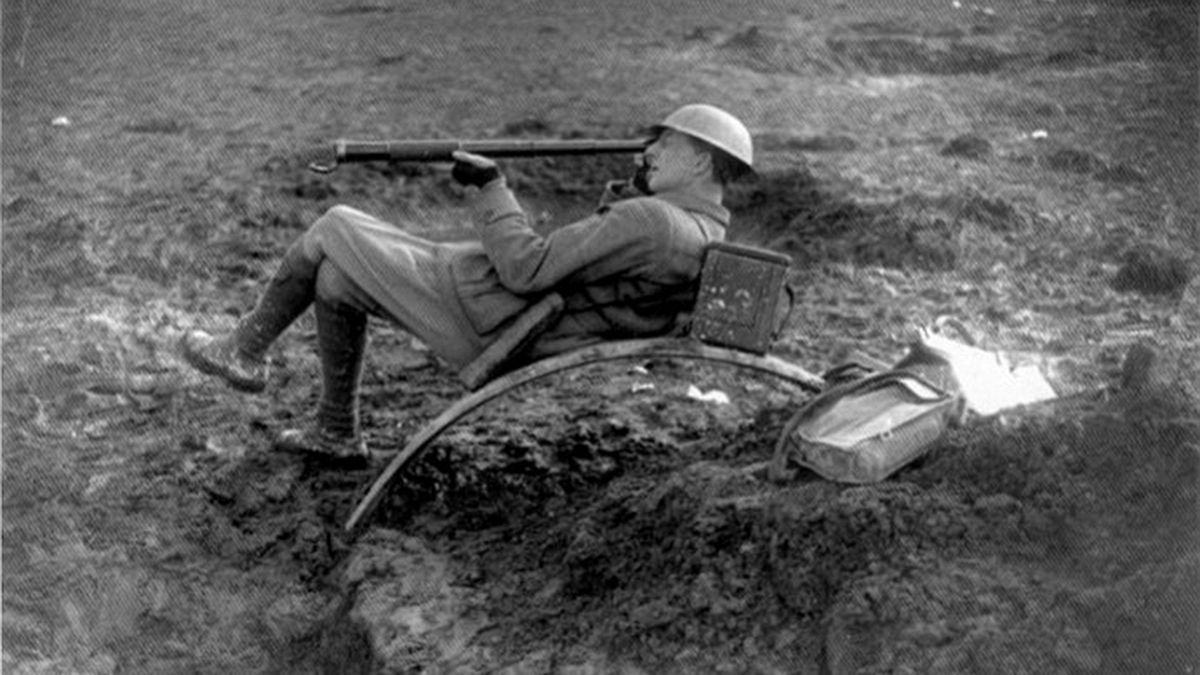1917: February 23
Following the success of the Brusilov offensive in the east, the heavy losses on the Western Front and the increasing likelihood of the US entering the war, the German command began a well-prepared withdrawal to a more solid defensive position. The construction of the ‘Hindenburg Line’, known to the Germans as the ‘Siegfried Line’, had begun in 1916. The new heavily fortified frontier stretched from the north coast of France to Verdun, near the Belgian border. The new uniformed line of trenches was 25 miles shorter and freed up 13 army divisions to act as reserves.
The Germans correctly predicted that the withdrawal would give them around eight weeks of respite before the Allies could restart any attacks. By the time the move was complete many people on both sides considered the Hindenburg Line to be impenetrable, a belief that almost proved correct as the Allies did not break the position until October 1918 – a month before the armistice was signed.
